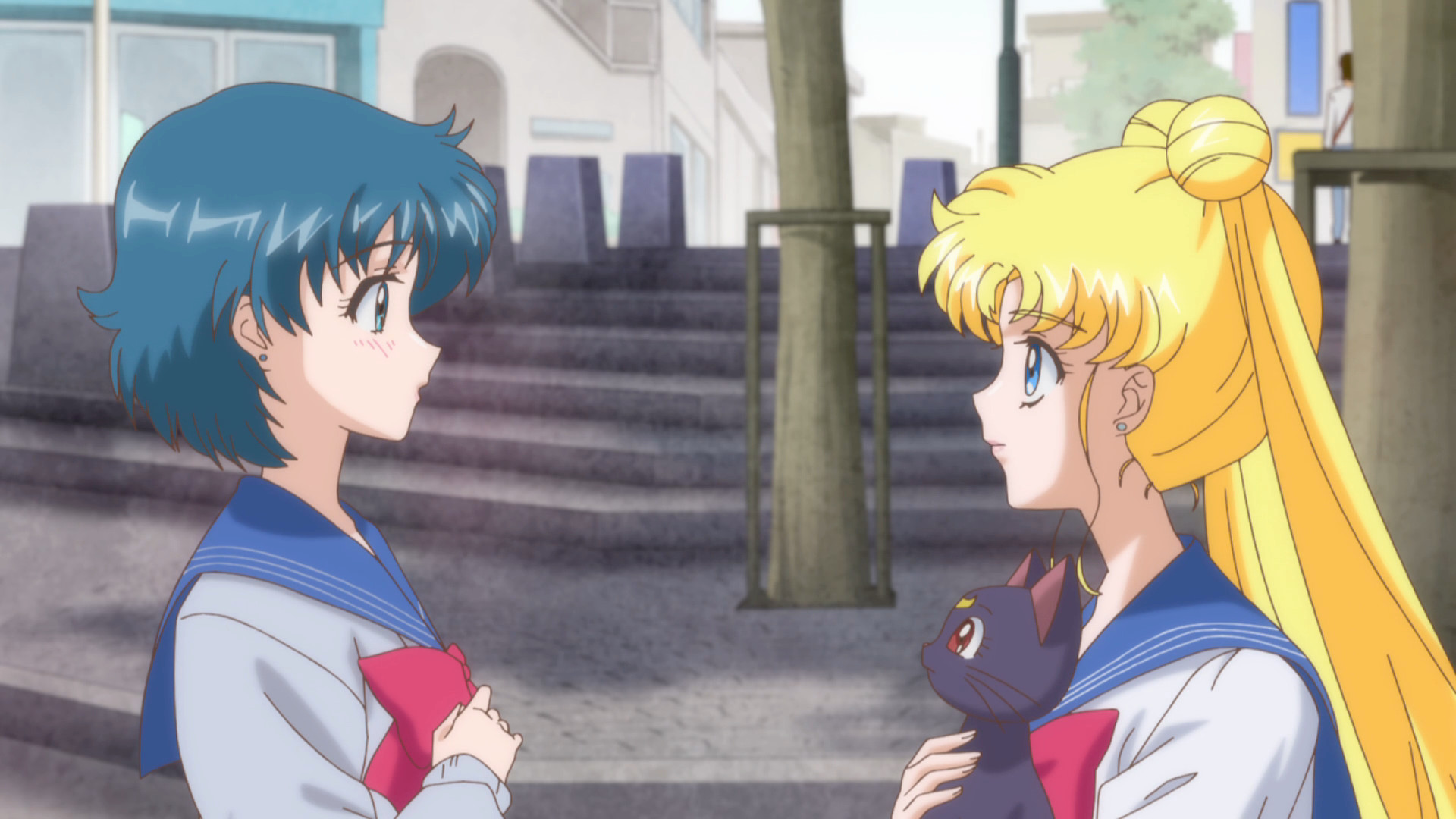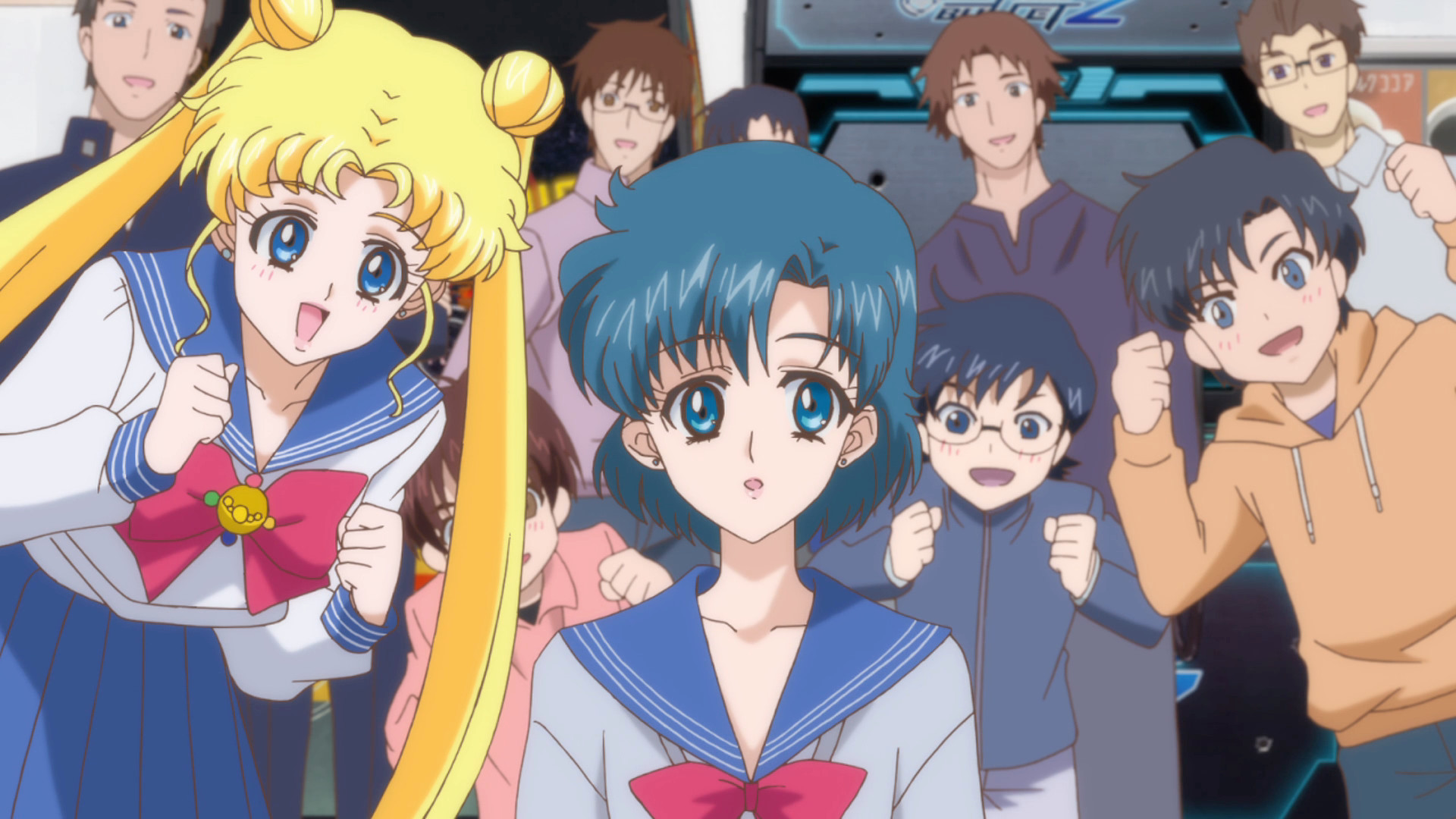Ami Sailor - Charting Paths Through AMI Worlds
Exploring the many different facets of "AMI" can feel a little like setting sail on a vast, wide ocean, wouldn't you say? It's almost as if you're an "ami sailor," navigating through diverse waters, each with its own unique currents and destinations. From the quiet halls of academia to the foundational workings of your computer, and even into the world of early childhood education, the term "AMI" pops up in some truly interesting and important places.
This wide array of uses for the same three letters can, in some respects, be a bit confusing at first glance. What might seem like a simple acronym actually represents a collection of distinct entities, each holding significant weight within its own particular field. For anyone wanting to make sense of these different meanings, it really helps to have a good map, a sort of guide to help you figure out where you are and where you might want to go.
So, this article is here to help you, the curious "ami sailor," make sense of these different "AMI" systems. We'll take a closer look at what each one is all about, how they operate, and why they matter in their respective environments. It's about getting a clearer picture of these separate worlds, allowing you to move through them with a little more confidence and a lot more insight, you know?
Table of Contents
- What is the AMI Comprehensive Evaluation Index System for ami sailor?
- Exploring the World of AMI Journals for an ami sailor
- AMI Montessori Certification - A Path for the ami sailor?
- American Megatrends Inc. - What an ami sailor should know about their computer's AMI?
What is the AMI Comprehensive Evaluation Index System for ami sailor?
When you're an "ami sailor" looking at academic publications, you might come across something called the AMI Comprehensive Evaluation Index System. This particular system, you see, is managed by the China Social Science Research Evaluation Institute. It's a pretty big effort, actually, focused on assessing academic periodicals. They look at a lot of them, too: 2,174 different academic journals and 304 collections of scholarly papers, all spread across 38 distinct academic fields. It's quite a wide net they cast, wouldn't you say?
This initiative started back in 2014, so it's been around for about eight years now, at least when the information was last updated. However, despite its age and comprehensive scope, its recognition within universities and the broader academic community in China isn't quite as widespread as some other evaluation systems. It's a bit like a ship that's been sailing for a while but hasn't quite docked in every port, if that makes sense. It's not universally embraced, which is something an "ami sailor" in the academic world might find interesting to consider.
One thing that's important to keep in mind about the AMI system is that it brings together journals from both the "Southern Core" and "Northern Core" lists. Trying to compare these two different core groups directly, just on their own, isn't really a sound approach, apparently. But if you were to make a general statement, you could say that the periodicals selected for the AMI core are, on the whole, at least as good as the ones found on the Peking University Chinese Core Journal standard list. So, in terms of overall quality, they tend to be quite strong, which is a good thing for any "ami sailor" seeking reliable sources.
How does ami sailor benefit from this academic compass?
For an "ami sailor" navigating the waters of scholarly publishing, understanding a system like AMI can offer some guidance, even if its recognition isn't universal. The most recent version, the 22nd edition, categorizes journals into five distinct levels. These range from "Top," which represents the very best quality, down to "In-library," which is the fifth and lowest level. The "In-library" designation simply means a journal has been chosen as suitable for inclusion in this evaluation process. So, it's a way to sort publications by their perceived academic standing, giving you a bit of a quality indicator, you know?
When you look at these tiers, only the "Top," "Authority," and "Core" levels are generally thought of as being truly "core-like" in terms of their standing. It's interesting to note that the journals that make it into these three higher categories usually also appear on either the Northern Core or Southern Core lists. This overlap suggests a certain level of consistent quality across different evaluation methods. For an "ami sailor" trying to pick where to submit their work, this information can be quite useful, helping them aim for publications with a widely accepted level of prestige, naturally.
However, it's also true that universities generally give more weight to CSSCI journals. Peking University Core journals get some recognition in certain places, but the AMI Core and RCCSE Core systems aren't nearly as popular right now, apparently. Our own Social Science Academy, for instance, does acknowledge AMI Core. But as for Wuhan University, they typically require CSSCI for their doctoral students to graduate. So, while AMI provides a framework, an "ami sailor" needs to be aware of what specific institutions value most when it comes to academic credentials, as a matter of fact.
Exploring the World of AMI Journals for an ami sailor
Beyond the broad evaluation system, the term "AMI" also pops up in the names of some very specific and important academic journals. For an "ami sailor" focused on scientific research, these journals represent key destinations for sharing new discoveries and insights. It's not just one big system; it's also individual publications that carry the "AMI" moniker, each with its own focus and standing in the research community. This distinction is quite important, as you might imagine, for anyone deeply involved in scholarly pursuits.
Is TPAMI a top journal for an ami sailor's research?
You might hear talk about TPAMI, and yes, it's true that this journal primarily publishes research in the area of computer vision, or CV. But to say it's a top-tier publication in the field of artificial intelligence is absolutely not an exaggeration. It really holds a very high position. TPAMI stands for IEEE Transactions on Pattern Analysis and Machine Intelligence, and its reputation is pretty solid, you know? For an "ami sailor" working in AI, getting published here is a significant achievement, something that truly marks their contribution to the field.
The reasons for its high standing are pretty clear. It's known for publishing very influential and high-quality papers that often set new directions in research. It's a place where groundbreaking ideas in areas like pattern recognition, machine learning, and, of course, computer vision, are first shared with the wider scientific community. So, if an "ami sailor" is aiming for the very top in AI research, TPAMI is definitely a destination they'd want to consider, as a matter of fact.
What makes ACS AMI a preferred choice for some ami sailors?
Then there's ACS AMI, which stands for American Chemical Society Applied Materials & Interfaces. This journal has been a consistent top-tier publication in its field for a very long time, often sitting in the first quartile. This long-standing reputation is a big reason why more seasoned researchers, those who have been "ami sailors" in the materials science world for a while, often lean towards ACS AMI. They tend to prefer it over newer options like JCIS, which is the Journal of Colloid and Interface Science, you see.
It's interesting, because for a really long time, JCIS was actually seen as a sort of alternative, or a slightly less prestigious option, compared to ACS AMI. So, when you hear people talking about newer researchers perhaps looking at JCIS, while the older guard still favors ACS AMI, it really comes down to this established history and consistent quality. For an "ami sailor" trying to make a name in applied materials research, understanding these nuances of journal standing can be quite important, naturally.
Beyond these, there are other important journals that might come up for an "ami sailor" specializing in certain areas. For example, in the top six tier of publications, you'll find titles like Applied Surface Science, Friction, Tribology International, Corrosion Science, and Wear. Then, in a slightly different category, perhaps a top seven tier, you have journals such as Tribology Letters and Tribology Transactions. Each of these serves as a critical port for specific kinds of scientific exploration, allowing researchers to share their findings with relevant audiences, you know.
AMI Montessori Certification - A Path for the ami sailor?
Shifting gears quite a bit, for an "ami sailor" interested in early childhood education, the term "AMI" takes on a completely different meaning. Here, it refers to a specific type of Montessori certificate. There are, apparently, about three main kinds of Montessori certificates available. The first kind, the one with very high value and international acceptance, is known globally as AMI. This particular certification was established by Maria Montessori herself, and its main office is located in Amsterdam, in the Netherlands. It's a truly respected credential in the world of education, actually.
Obtaining this AMI certificate isn't a simple task, though. The tuition fees alone can be quite substantial, often ranging from 60,000 to 70,000 RMB. Beyond the cost, getting accepted into the program can be rather difficult, and there are only a limited number of spots available in China. So, for an "ami sailor" looking to pursue this specific educational path, it requires significant dedication and effort. It's a rigorous journey, but one that leads to a highly regarded qualification in the field of Montessori education, obviously.
There are, as mentioned, other types of Montessori certificates out there. While they might also be valuable, they don't carry the same level of international recognition or prestige as the AMI certification. So, for someone serious about a career in Montessori education, and wanting to ensure their qualifications are accepted globally, the AMI certificate tends to be the gold standard. It's about choosing the right course for your educational voyage, you know?
American Megatrends Inc. - What an ami sailor should know about their computer's AMI?
Finally, for an "ami sailor" who also happens to be a computer user, "AMI" might appear in a very different context: when you turn on your desktop computer. Here, AMI stands for American Megatrends Inc., often simply referred to as American Megatrends. This company is a specialist in creating ASIC digital products and mixed-signal ASIC products. These are pretty technical components, but they play a crucial role in how your computer starts up and operates. So, it's a completely different kind of "AMI" from the academic or educational ones, naturally.
You might encounter AMI when your computer boots up and displays information about the BIOS, or Basic Input/Output System. AMI is one of the major developers of BIOS firmware, which is the very first software that runs when you power on your computer. It's what gets everything else ready for the operating system to load. So, if your desktop computer ever goes directly into the BIOS setup screen when you turn it on, that's a situation where you're interacting with the AMI component of your machine. It's a common troubleshooting scenario, actually, and there are various ways to fix it.
Knowing about American Megatrends Inc. and its role in computer hardware is pretty useful for any "ami sailor" who likes to understand the inner workings of their technology. It's a fundamental piece of the puzzle that allows your computer to function. So, whether you're dealing with academic journals, educational certifications, or the very core of your computer's startup process, the three letters "AMI" truly represent a fascinating array of different, yet important, entities. It's quite a diverse collection, wouldn't you say?
This article has explored the various meanings of "AMI" as they appear in different contexts, from academic journal evaluation systems like the AMI Comprehensive Evaluation Index System and specific journals like TPAMI and ACS AMI, to the internationally recognized AMI Montessori certification, and finally, American Megatrends Inc., a key player in computer BIOS. It has provided details on the scope, recognition, and significance of each "AMI" entity based on the provided text.

Sailor Mercury/Ami Mizuno Wallpapers - SailorSoapbox.com

Sailor Moon Crystal Act.2 Ami – Sailor Mercury – Ami and Usagi | Sailor

Sailor Moon Crystal Act.2 Ami – Sailor Mercury – Usagi and Ami | Sailor